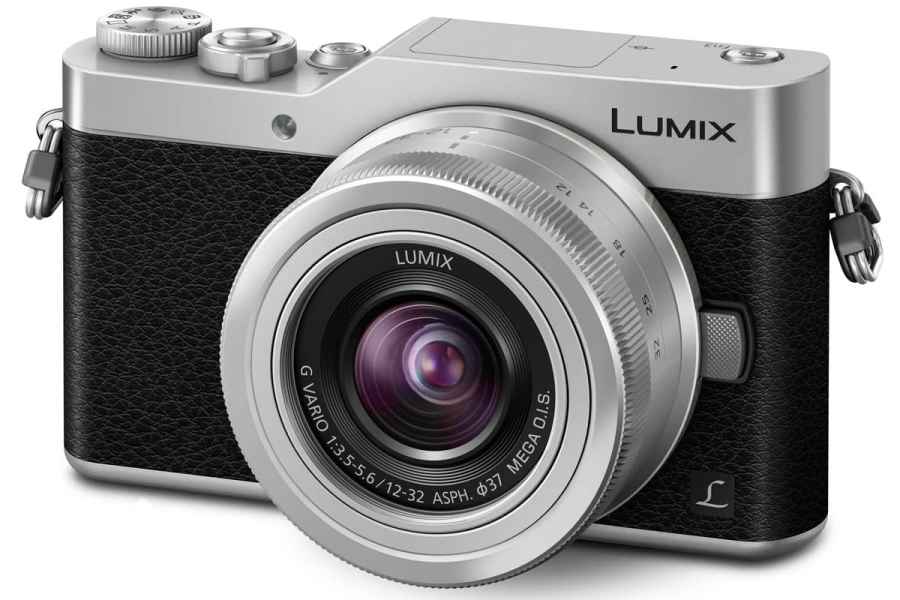The old ‘GF’ line has now been discontinued, and the new entry-level camera is the GX800, this makes it a replacement for the older GF7 camera.
Here we take a look at some of the key differences between the cameras, and see if anything has stayed the same.
Panasonic GX800 vs Panasonic GF7: Sensor

Panasonic Lumix DC-GX800
Both the cameras use a 16MP sensor, but, the key difference is that, like several other recent Panasonic cameras, the GX800 doesn’t have an optical low pass filter. That makes it better equipped to resolve fine detail than the previous sensor. There is a small chance of moire patterning appearing in some images, but the risk is outweighed by the benefits of having more detail in most types of shots.
Panasonic GX800 vs Panasonic GF7: Processor

Panasonic seems to have stopped numbering its processors, but the GX800 uses the latest version of the Venus processor. A newer processor should help with the general operational speeds of the camera, as well as better performance at higher ISOs. It also helps to facilitate 4K video recording.
Panasonic GX800 vs Panasonic GF7: Screen and viewfinder
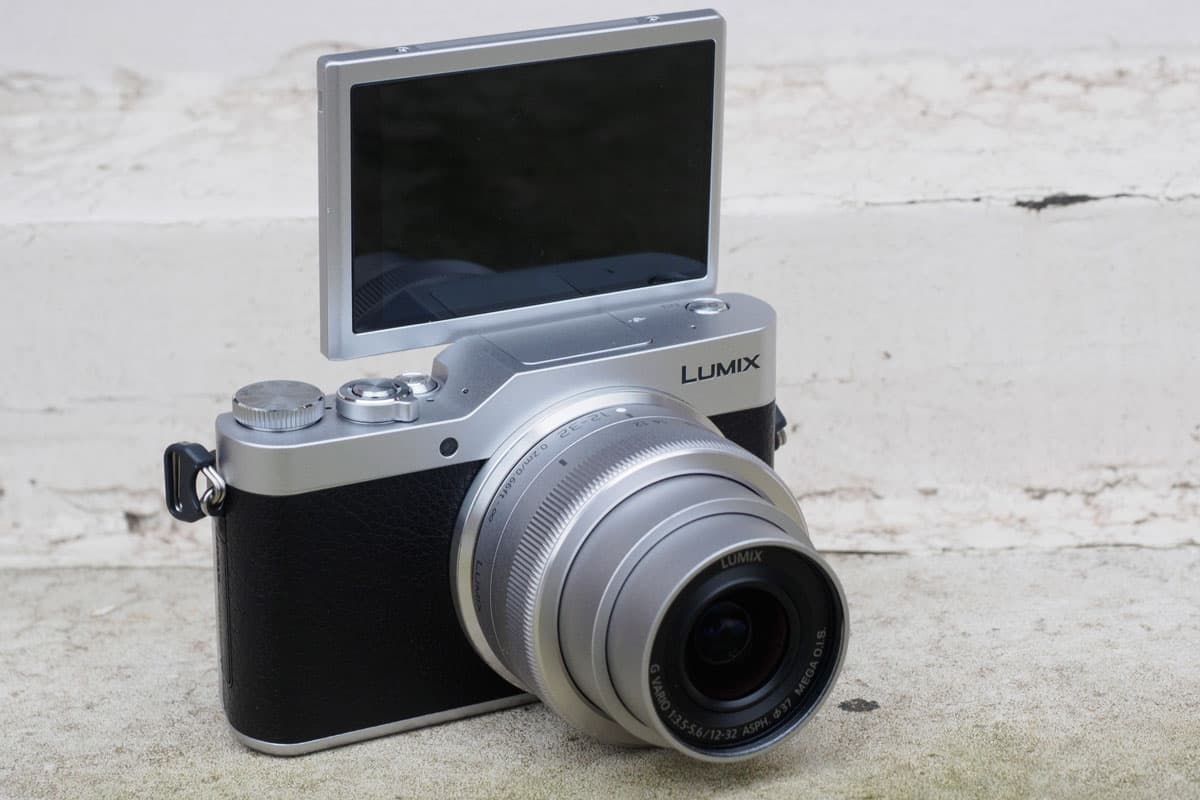
The top-hinged LCD screen tilts up to face forwards for selfies
Neither of the cameras has a viewfinder, and with no hotshoe on either camera, there’s also no way to attach one either – you have to be happy with using the screen to compose your images. The screen also appears to be unchanged, both with a 1040k-dot tilting touch-sensitive device.
Panasonic GX800 vs Panasonic GF7: Video
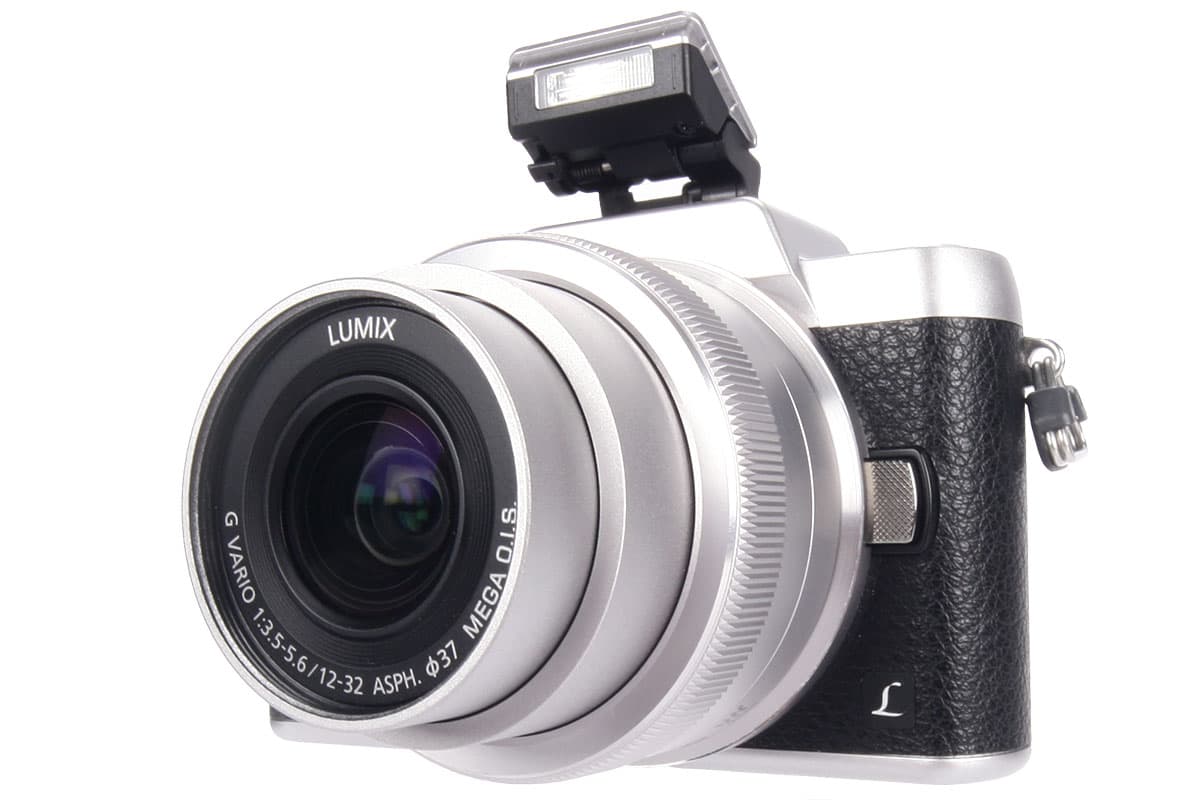
Panasonic is super-keen to push its 4K credentials – and this is a notably large improvement the GX800 has over the GF7 – it can shoot in 4K. Frame rates up to 30p are available for 4K on this camera, while it can shoot up to 60p if you shoot in Full HD format.
Panasonic GX800 vs Panasonic GF7: 4K Photo
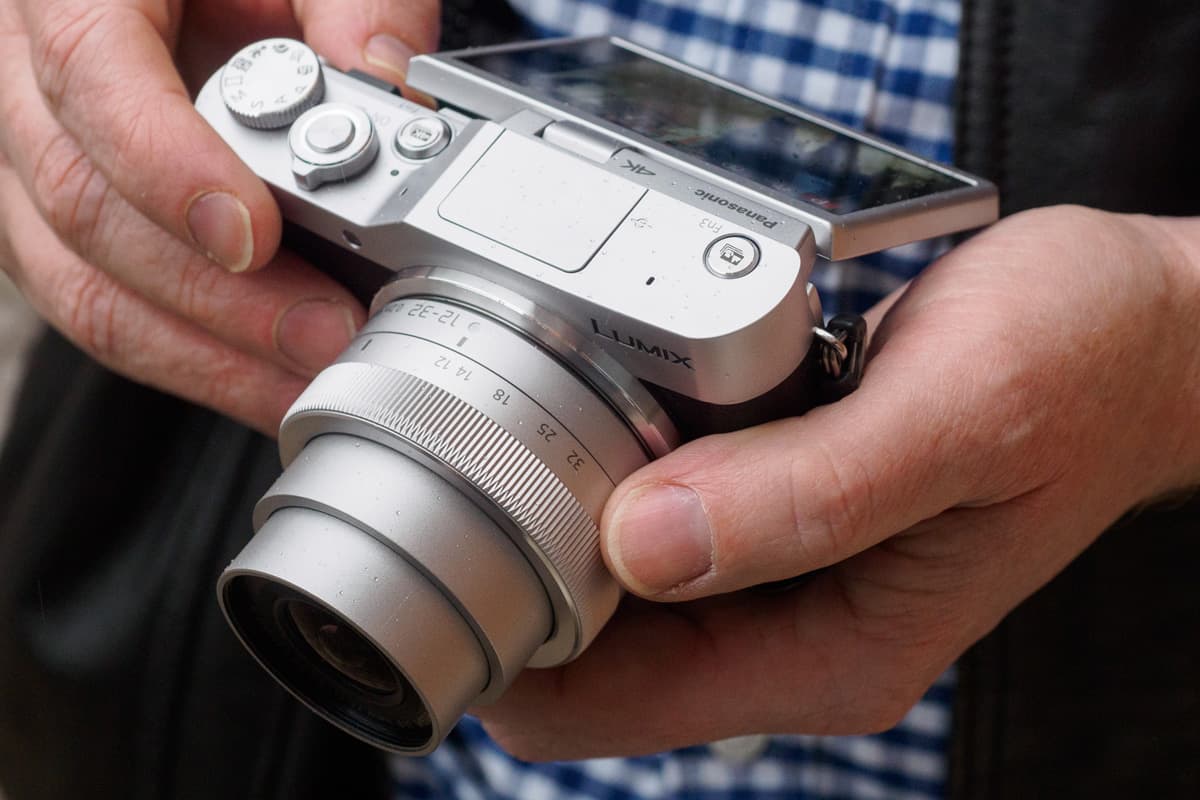
Making use of the 4K functionality, 4K photo is a useful tool for a variety of situations. You can use it to extract 8MP stills from a 4K video – great for freezing fast moving action, and you can also use it to Post Focus (change the focus point after you’ve taken the shot), as well as focus stacking. The GX800 has 4K Photo modes, whereas the GF7 does not.
Panasonic GX800 vs Panasonic GF7: Focusing

Both of the cameras use a contrast AF system, but the GX800 adds the faster DFD (depth from defocus) technology. This is great for speeding up focus times, but also helps with video recording for smoother transitions between focus points.
Panasonic GX800 vs Panasonic GF7: Battery life and memory card
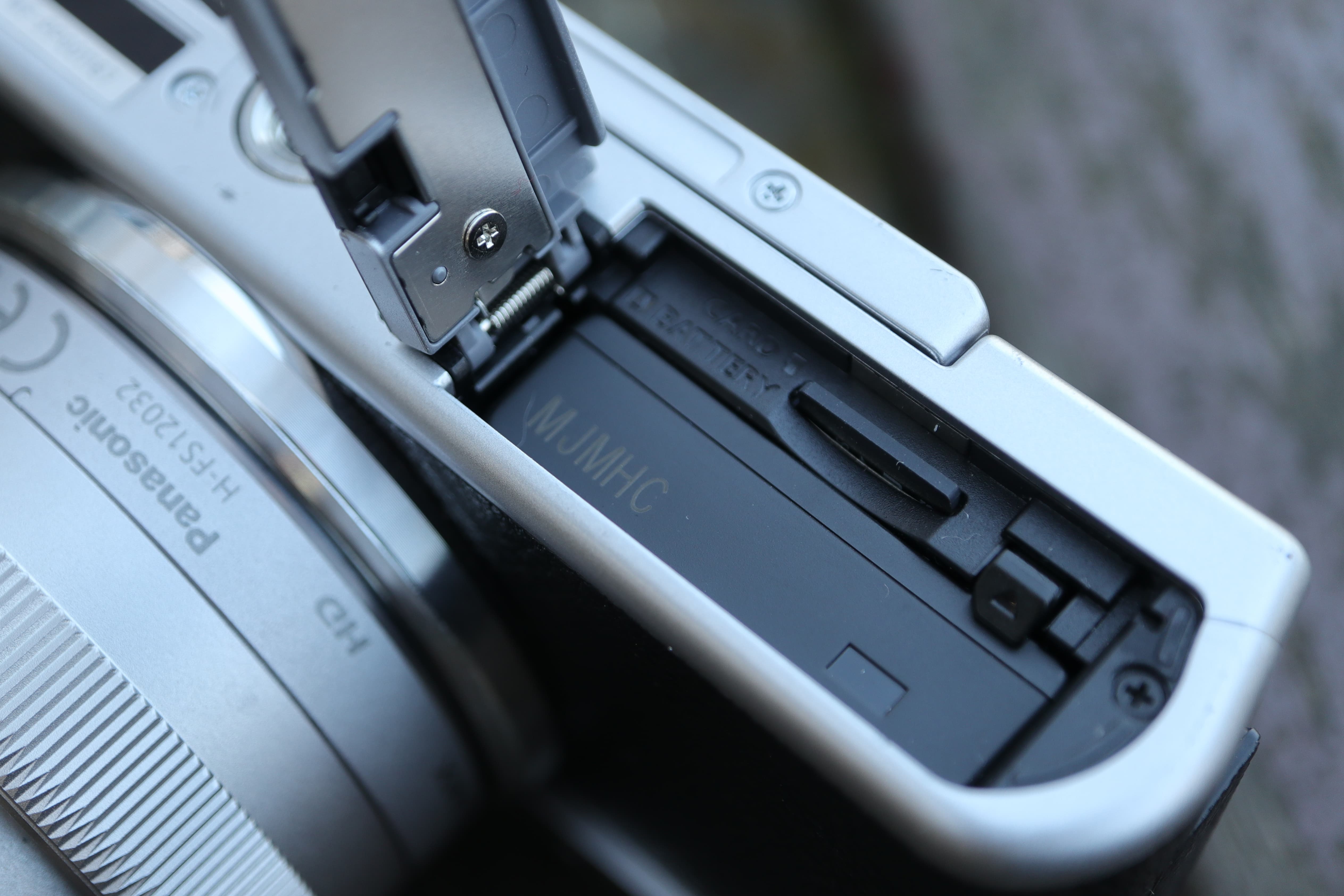
While the GF7 used a full size SD card, the GX800 uses the smaller Micro SD cards. This is bad news if you have a set of SD cards, but, if you’ve been using a mobile phone which supports Micro SD cards, then you’ll be used to the format. It’s also possible to pick up Micro SD cards relatively cheaply now.
Battery life is almost identical, but the GX800 suffers a slightly shorter battery life – just 210 shots, compared with the GF7’s 230. You may want to consider investing in a second battery if you find you’re a particularly heavy shooter.
Panasonic GX800 vs Panasonic GF7: Dimensions and design
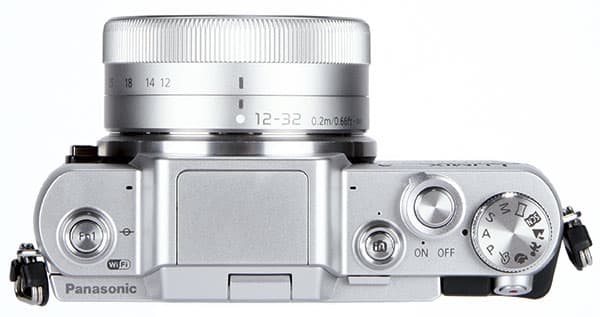
Both of the cameras look very similar – which is not surprising considering they share the same dimensions. Both cameras are 106.5 x 64.6 x 33.3mm, but the GX800 is 3g heavier at 269g, vs 266g. Either way, the cameras are very small, and you may find you can fit either of them in a reasonably large jacket pocket. Arguably the GF7 looks slightly more retro because it has a raised central part on the top-plate, while the GX800 looks a bit more modern – which you prefer will be down to personal taste.
Panasonic GX800 vs Panasonic GF7: Price

On the top plate you’ll find buttons for Panasonic’s 4K Photo and 4K Post Focus
The Panasonic GF7 has already gone off sale in many major retailers. You may be able to pick it up second hand, or in some places where old stock is still kept – expect to pay around £350-£400 for the camera if you can find it, including a kit lens. The GX800 meanwhile retails for around £499, including a 12-32mm kit lens.

